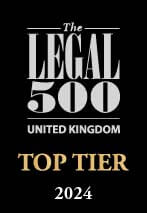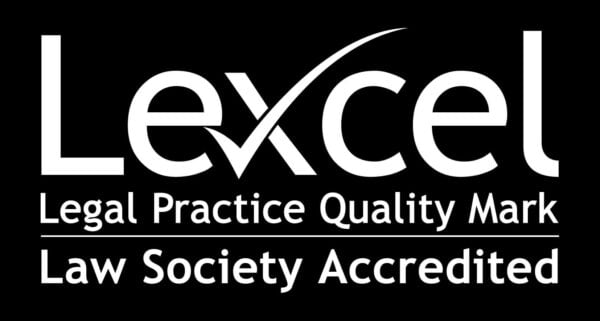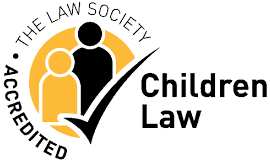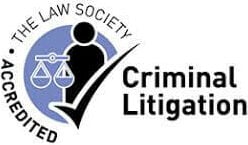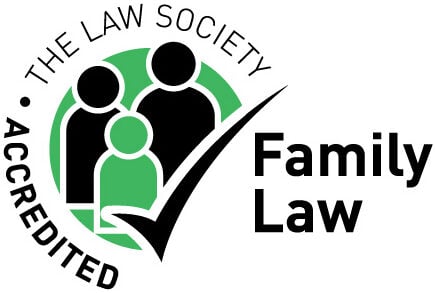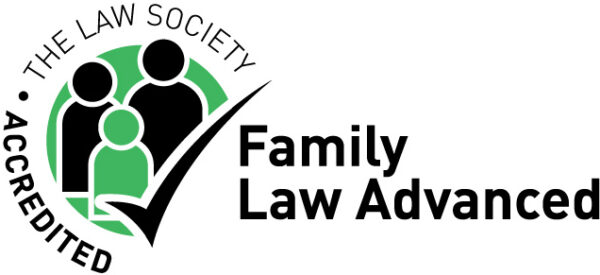The Endangered Species Regulations
The regulations surrounding the importation and sale of animal specimens can be complex, technical and intricate. Accordingly, collectors of taxidermy and rare animal specimens often struggle to understand what can be legitimately bought, sold and imported.
The Law
EC Council Regulations 338/97 (as amended) implements into European law the Convention of the International Trade in Endangered Species of Wild Fauna and Flora (‘CITIES’).
The Regulation creates Annexes A to D. Species are placed within a relevant annex depending on their endangered status. Annex A is reserved for species which are considered most at risk of extinction and which are subject to the strictest control. Species which are not considered immediately endangered, but where unregulated trade is considered to pose a risk, are placed under Annex B. The status of a species is under constant review and can be changed.
Species Listed Under Annex A and B
Species which are currently listed under Annex A include, but are not limited to; Asian black bear, brown bear, oncilla / tiger cat, leopard, tiger, dolphin, sperm whale, killer whale, chimpanzee, drill, rhino, Hawksbill turtle, green turtle and sawfish.
Species which can be listed in either Annex A or B depending upon various circumstances include, but are not limited to; crocodile, apes / monkeys, puma, elephant, wolf, seal and lion.
Annex B species include, but are not limited to; American alligator, walrus, various species of python and the American black bear.
Regulations Concerning Annex A and B
Regulation 338/97 is implemented into the UK by the Control of Trade in Endangered Species (Enforcement) Regulations 1997 (as amended) or ‘COTES’. Regulation 8(1) prohibits activities including, but not limited to, purchasing, selling, and offering for sale species listed on Annex A without a relevant licence. The appropriate ‘Article 10’ licence is issued by DEFRA.
Regulation 8(2) prohibits the same activities, but refers to species listed in Annex B that have been imported or acquired unlawfully.
Importation
Importation from outside the EU of any specimen of species listed in Annex A or B without an appropriate licence is prohibited. Section 170(2)(b) of the Customs and Excise Management Act 1979 creates an offence of evading a prohibition or restriction on the import or export of species listed in Annex A and B. Those wishing to import or export specimens of species listed in Annex A or B would need to apply for an import or export permit.
The necessary ingredients of importation offences and the potential defences available is generally better understood and is not further considered in this document.
Defences
There are defences which may be applicable to those charged under the endangered species regulations.
Items Which Are Excluded from the Regulations
Any item which pre-dates 1947 and has been ‘worked’ is excluded from the regulations and can be freely bought and sold. An item is considered ‘worked’ if it has been significantly altered from its natural state.
Under current guidance, examples of ‘worked’ items include;
- Animal skin rugs, providing the item is tanned and lined
- Musical instruments which include ivory keys or inlay
- Animal foot umbrella stands which have been taxidermied and lined with another substance
- Ornamental ivory, providing 90% or more of the ivory has been altered or carved
Items which would not be considered exempt from the regulations include;
- Ornamental ivory in which less than 90% of the surface has been carved
- Ivory which was initially carved prior to 1947, but has been re-worked more recently e.g. antique ivory billiard balls which have been re-worked into walking stick handles
- Uncarved skulls or other bones
A certificate can be issued by DEFRA confirming whether an item is exempt from the regulations upon request. It will usually assist if an application is accompanied by documentary support regarding the provenance of the item.
Did not believe that the specimen was of a species listed in Annex A or B
Regulation 8(4) provides that a person shall not be guilty of the above offences, if he proves, on balance, that at the time of the alleged offence he had no reason to believe that the specimen was of a species listed in Annex A or B.
For example, an individual would not be guilty if he believed that a specimen came from a cow.
However, this section should not be misconstrued as providing a defence to an individual who was not aware that a species was listed on Annex A or B. For example, an individual who advertises an item as tiger, will be guilty of an offence, regardless of whether he is unaware of the regulations or had misunderstood which animals were listed in Annex A or B.
Defences only applicable to Annex B Specimens
Regulation 8(5) provides that a person shall not be guilty of an offence under Regulation 8(2) if he proves, on balance, that at the time when the specimen first came into his possession he made such enquiries (if any) as in the circumstances were reasonable to ascertain whether it was imported or acquired unlawfully and, that he had no reason to believe that the specimen was imported or acquired unlawfully.
Sentence
Offences under regulation 8(1) and 8(2) are either way offences and attract a maximum sentence of 5 years. Offences under section 170(2)(b) of the Customs and Excise Management Act 1979 carry a maximum sentence of 7 years.
There are no sentencing guidelines dealing with offences under regulation 8(1) and 8(2). Cases which provide assistance as to how matters might be disposed are detailed below. However, it is of note that fines, Community Orders and Suspended Sentence Orders are commonly imposed by the Courts, particularly when there is no evidence of large-scale commercial supply, cruelty to live animals or falsification of documents.
R v Sissen (2001) 1 WLR 902 – Importation of live rare parrots without the required import permit. Sentence reduced on appeal to 18 months.
R v Humphrey (2004) 1 Cr App R (S) 39 – Importation of live birds of prey and other endangered species on numerous occasions. A number of birds perished in transit. Sentence reduced on appeal to five and a half years’ imprisonment.
R v Noonan (2010) 2 Cr App R (S) 35 – Importation and sale of elephant tusks and sperm whale teeth using falsified permits and certificates. Sentence of 10 months’ imprisonment upheld.
R v Lendrum (2011) 2 Cr App R (S) 69 – Attempting to export 14 peregrine falcon eggs on a potentially commercial basis. The defendant had previous convictions in Canada and Zimbabwe for similar offences. Sentence reduced on appeal to 18 month’s imprisonment.

